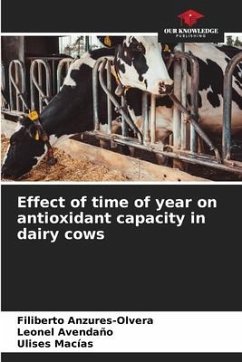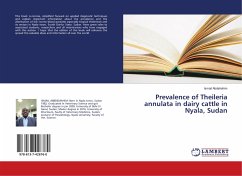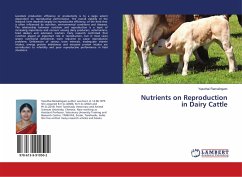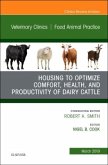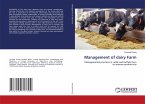Heat stress (HS) induces the production of oxygen-derived free radicals, which are associated with negative effects on the physiology, health, and productivity of dairy cows. In order to compare physiological and productive variables of Holstein cows in summer and winter under arid region conditions, 40 lactating multiparous cows (100 to 150 d in milk) were randomly selected in a representative month of each season (n=20/season). Data were analyzed under a completely randomized design, with time of year as treatment (summer vs. winter). Skin temperatures of right flank, buttock, udder and head, as well as milk were 10 °C higher (P < 0.05) in summer. Rectal temperature and respiratory rate (106.87 ± 0.05 vs. 47.74 ± 0.06 rpm) were higher (P < 0.05) in summer compared to winter. Cholesterol and TAS concentrations were lower (P < 0.05) in summer, while glucose and OSI levels were higher (P < 0.05) at the same time, and TOS did not vary.

